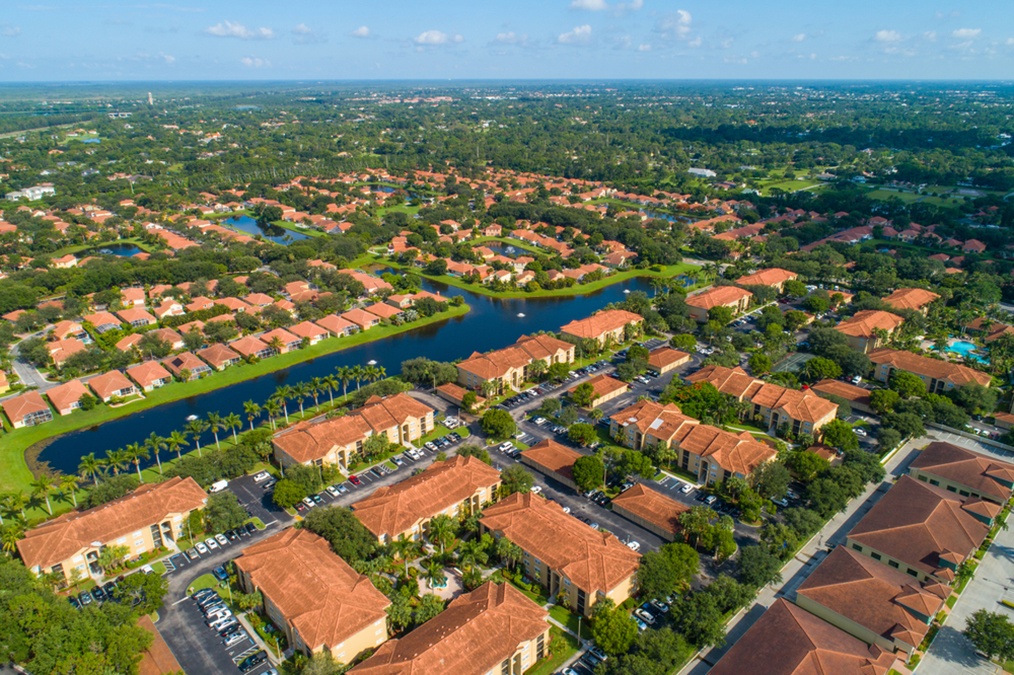 Yes, exercising, eating healthy, and maybe even taking supplements are all good – and quite possibly even– to lowering cholesterol and improving heart health.
Yes, exercising, eating healthy, and maybe even taking supplements are all good – and quite possibly even– to lowering cholesterol and improving heart health.
But a new study published in the Journal of the American Heart Association did not focus on that.
Instead, they used satellite images to figure out how you can drastically improve your cardiovascular health.
The researchers first recruited 408 people, all of whom had cardiovascular disease or were at serious risk of cardiovascular disease.
Next, they determined the amount of green space near the participant’s homes by looking at satellite images of green density, via levels of air pollution as established by the Environmental Protection Agency, and through measurements of roadway exposure.
1. Those living in green neighborhoods had a lower urinary concentration of epinephrine. Epinephrine is one of the hormones your body secretes when you are stressed.
2. Inhabitants of green areas displayed a lower urinary concentration of F2-isoprostane. This shows that they had lower levels of oxidative stress in their bodies.
3. Those living closest to dense greenery had a better collection of angiogenic cells, cells that grow blood vessels and repair blood vessel damage.
The best part of this study is the fact that green spaces designated for healthy walks were not necessarily defined as large parks or forests.
In fact, most of their participants lived in areas with very few parks.
But most of them lived in single-family homes with lots of grass and trees in both their own and on their neighbor’s properties, and small lots with greenery and a lack of houses.
Therefore, while many previous studies have drawn our attention to the benefits of exercising in green spaces, this study may, but does not necessarily, involve exercise.

 Overcoming IBD
Overcoming IBD Multiple Sclerosis
Multiple Sclerosis Banishing Bronchitis
Banishing Bronchitis Gum Disease Gone
Gum Disease Gone Overcoming Onychomycosis
Overcoming Onychomycosis Neuropathy No More
Neuropathy No More The Prostate Protocol
The Prostate Protocol Brain Booster
Brain Booster
 Ironbound
Ironbound
 Solution for Shingles
Solution for Shingles
 The Bone Density Solution
The Bone Density Solution
 The Ultimate Healing Protocol
The Ultimate Healing Protocol
 The Parkinson's Protocol
The Parkinson's Protocol
 The Chronic Kidney Disease Solution
The Chronic Kidney Disease Solution
 Overthrowing Anxiety
Overthrowing Anxiety The Fatty Liver Solution
The Fatty Liver Solution The Hypothyroidism Solution
The Hypothyroidism Solution
 The End of Gout
The End of Gout The Blood Pressure Program
The Blood Pressure Program
 The Oxigized Cholesterol Strategy
The Oxigized Cholesterol Strategy
 Stop Snoring And Sleep Apnea Program
Stop Snoring And Sleep Apnea Program
 The Arthritis Strategy
The Arthritis Strategy The Vertigo & Dizziness Program
The Vertigo & Dizziness Program The 3-Step Diabetes Strategy
The 3-Step Diabetes Strategy Hemorrhoids Healing Protocol
Hemorrhoids Healing Protocol The Erectile Dysfunction Master
The Erectile Dysfunction Master Weight Loss Breeze
Weight Loss Breeze The IBS Program
The IBS Program The Insomnia Program
The Insomnia Program The Migraine and Headache Program
The Migraine and Headache Program The Neck Pain Solution
The Neck Pain Solution The Menopause Solution
The Menopause Solution The Ejaculation Master
The Ejaculation Master The TMJ Solution
The TMJ Solution The Acid Reflux Solution
The Acid Reflux Solution The Fibromyalgia Solution
The Fibromyalgia Solution The Psoriasis Strategy
The Psoriasis Strategy